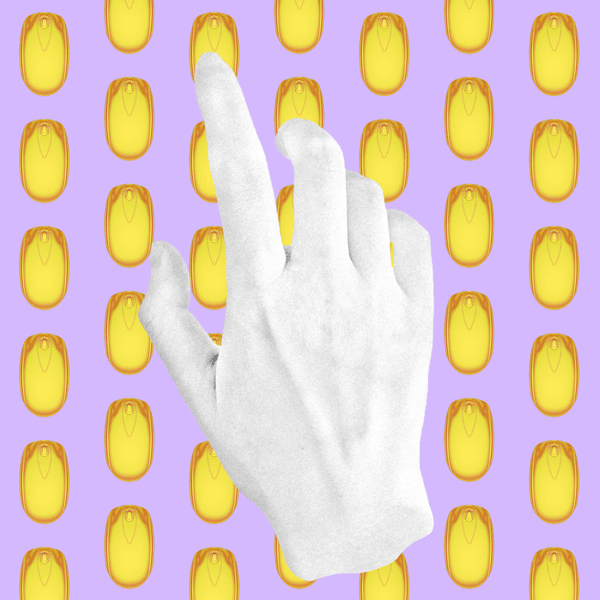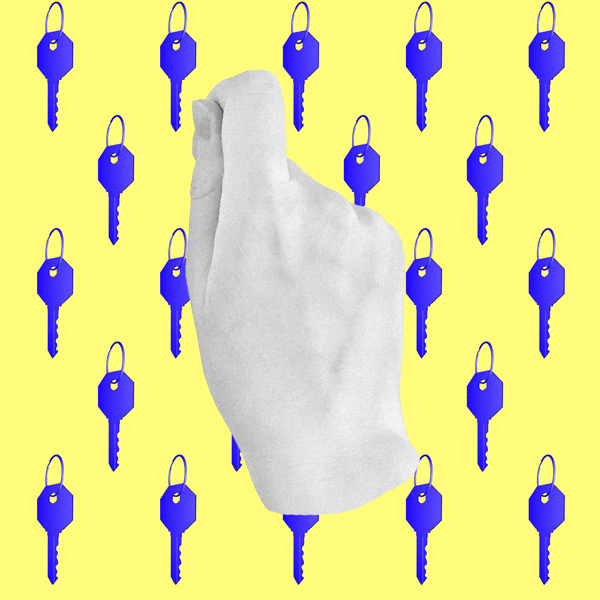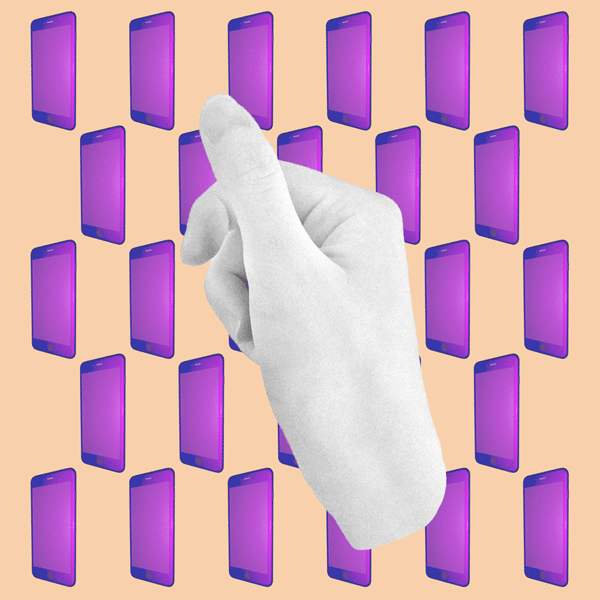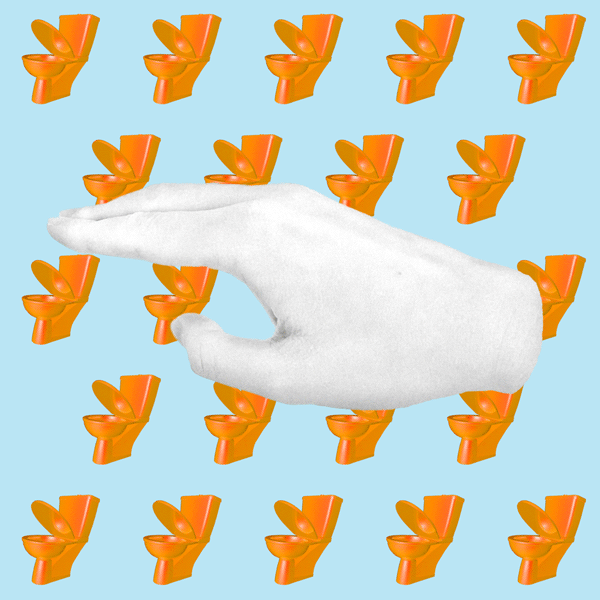Take a moment to look back into your movements of today. Your hand slips into your pocket at the right time to retrieve your credit card. The perfect choreography of your fingers necessary to unlock the door. The way you swipe your phone—a subconscious, swift movement that occurs before you realize what you’ve done. Your body and mind know how to carry you through this world.

How many times have you repeated these movements? Are they an accumulation of weeks, months, or years of experience?

Habituation is a learning process that acclimates brains to stimuli. Our brains gather information in order to judge, many times without much conscious awareness, which action will accomplish the task at hand. When we go on autopilot, we conserve mental energy for other tasks that require more attention.

GIFs, in a way, are digital habits. Their file format is compressed so that they don’t take up much memory, which allows for easy uploading and display. The visual images are performed again and again, by a computer, to create an endless loop of a motion.

The way our bodies carry out repetitive motions is with biological neural networks termed central pattern generators (CPGs) that output rhythmic physical movements. To create a new pattern, the movement must consist of “two or more processes that interact such that each process sequentially increases and decreases” and returns to its original condition; much like a seamless GIF loop.

As our experiences quietly translate into automated routines, the novelty of life wanes and our days begin to meld into one another. This increases the speed of our internal perception of time. There is comfort in habits, but in comfort there is desensitization to life.

Featured in La Petit Mort




